The Frankenstein Formula, Part I
The oldest trick in the wizard's scroll...
“WAR is just a racket. A racket is best described, I believe, as something that is not what it seems to the majority of people. Only a small inside group knows what it is about. It is conducted for the benefit of the very few at the expense of the masses.”
— Major General Smedley D. Butler, USMC
Wars of conquest are the original grift.
Brother has been killing brother and taking what’s his since Cain slew Abel. As Major General Smedley D. Butler poignantly stated, war is a business, and “it is the only one in which the profits are reckoned in dollars and the losses in lives”. When all the other Banker schemes fall apart, War is always there as the last resort. It is a sure fire method to strip a nation of its wealth and a people of their freedoms, as we have seen time and time again throughout the history of humanity. The worst abuses of our privacy and pocketbook have been perpetrated in the name of “safety” from the very threats our overlords have sicced upon us.
Integral to this business model is The Monster, the outside threat that galvanizes a people into action. It is the looming specter that drives defense budgets and deficit spending; different in every age, yet always bearing the same hallmarks. The mafia enterprise we call a government has spent centuries mastering this particularly potent form of mass psychological manipulation. On other occasions, provocation of an honor-bound enemy fulfilled that same goal, stoking the flames of war. The rootless, international band of highwaymen that rule the societies of our world have perfected the technique of creating these foes to further their inexorable aims. Time and time again, our erstwhile allies inevitably turn into fated foes; armed with lethal weaponry courtesy of the American taxpayer.
Since the Second Revolutionary War, purposely misidentified as the Civil War, seemingly every foe our nation has faced down was set before us with the full knowledge and forethought of our leaders. Consider the last century of foes our government has called existential threats to our *ahem* sacred democracy ™: enemies such as the Soviet Union, Imperial Japan, the Taliban, ISIS, Iraq, Iran and now China. Nearly all of these enemies were created by us, shaped by our hands and molded to serve our purposes. In the instances of the Confederacy and Vietnamese, intentionally provocative actions were taken by the American government to create the situations that drew us into conflict. As we will discuss in this essay, the historical record is filled with a staggering level of primary documents that backup and verify this claim.
The Frankenstein Formula, creating a monster to knowingly let loose upon your people at a later date, has been utilized in seemingly every major American conflict for the last 160 years.
— The American Monster, digital art, 2023.
“All wars are fought for MONEY.”
— Socrates
The case of Fort Sumter provides a highly relevant and poignant example of this formula. The right of secession is a right inherent to any truly free people. If you can not leave a compact, if your membership is only secured through violence, threats, and coercion, you are by definition not capable of consenting.
Consent of the governed can not be compelled by force or threats of violence.
This right was explicitly defined and endorsed in the Declaration of Independence. It is by this right that the American colonists broke off from England and created their own country. It is by this same right that the Southern states declared their independence, becoming a sovereign country under the same principles their forefathers had those four score years ago. In the years prior to the Second Revolutionary War, Lincoln made a passionate argument in favor of the right of secession (emphasis mine):
“Any people anywhere being inclined and having the power have the right to rise up and shake off the existing government, and form a new one that suits them better. This is a most valuable, a most sacred right—a right which we hope and believe is to liberate the world. Nor is this right confined to cases in which the whole people of an existing government may choose to exercise it. Any portion of such people that can may revolutionize and make their own of so much of the territory as they inhabit.”
Going even further during his inaugural address in March of 1861, Lincoln echoes a similar sentiment towards the right of a people to self-determine their own government. His speech proffered a conciliatory tone (emphasis mine):
“In doing this there needs to be no bloodshed or violence; and there shall be none, unless it be forced upon the national authority. The power confided to me will be used to hold, occupy, and possess the property and places belonging to the government, and to collect the duties and imposts; but beyond what may be necessary for these objects, there will be no invasion — no using of force against or among the people anywhere. Where hostility to the United States in any interior locality, shall be so great and so universal, as to prevent competent resident citizens from holding the Federal offices, there will be no attempt to force obnoxious strangers among the people for that object.”
On December 20th, 1860, in response to the election of Lincoln, South Carolina seceded from the United States. The issues provoking this decision were much more complex than slavery, but that is outside the scope of this series. Existing Federal forts on South Carolinian land now posed potential security threats to the state. Most of these Federal forts were given over to Confederate forces without bloodshed, but Fort Sumter was one of only four such forts (the other 3 were in Florida) that refused to surrender.
Fort Sumter was therefore surrounded by South Carolinian forces. On January 9th, 1861, the Union attempted and failed to resupply Fort Sumter after taking warning fire from artillery manned by cadets at The Citadel. What amounted to an invasion of sovereign land was met with hostile force, a predictable response that Lincoln would later bank on. In response to this provocative move by the Union, South Carolina was joined by Alabama, Florida, Georgia, Louisiana, Mississippi and Texas. The Confederacy was officially formed on February 8th, 1861, and Jefferson Davis was selected as its President just two days later on February 10th.
President Jefferson Davis immediately sent a delegation to Washington after his inauguration. The Confederacy was intent on paying for the now possessed Federal lands, repaying and assuming Southern debts, as well as negotiating a peaceful resolution to the Fort Sumter stand off. Lincoln refused to meet with the Southern delegation. Secretary Seward intimated that Federal forces would abandon the Fort, but only after certain conditions were met.
While Lincoln publicly professed aims of peace, his actions seem determined to provoke Southern forces into engaging Federal troops. Running out of food, Federal forces were only days away from turning over the fort to the Confederacy. Knowing this, Lincoln ordered the fateful supply run to be made. Before Federal forces could be resupplied by sea, Confederate artillery opened fire on Fort Sumter. Despite being engaged by eight Confederate artillery batteries, Lincoln still ordered the tactically inept yet strategically pivotal resupply of Federal forces.
— Charleston Bay, 1861.
The idea that this event was planned to provoke a Southern response is not solely my opinion. This belief was echoed by Northern newspapers during the aftermath of this blatant Northern provocation. The Jersey City American Standard wrote the following on April 16th (emphasis mine):
“ …this unarmed vessel is a mere decoy to draw the first fire from the people of the South, which act by the pre-determination of the government is to be the pretext for letting loose the horrors of war.”
The Buffalo Daily Courier echoed a similar sentiment that same day (emphasis mine):
“The affair at Fort Sumter …has been planned as a means by which the war feeling at the North should be intensified.”
Lincoln’s own letters reveal a desire to provoke just such a response. Just two weeks later, Lincoln would pen the following damning letter to the commander of that ill fated supply run on Fort Sumter (emphasis mine):
To Gustavus V. Fox
Capt. G. V. Fox Washington, D. C.
My dear Sir May 1, 1861
I sincerely regret that the failure of the late attempt to provision Fort-Sumpter, should be the source of any annoyance to you. The practicability of your plan was not, in fact, brought to a test. By reason of a gale, well known in advance to be possible, and not improbable, the tugs, an essential part of the plan, never reached the ground; while, by an accident, for which you were in no wise responsible, and possibly I, to some extent was, you were deprived of a war vessel with her men, which you deemed of great importance to the enterprize.
I most cheerfully and truly declare that the failure of the undertaking has not lowered you a particle, while the qualities you developed in the effort, have greatly heightened you, in my estimation.
For a daring and dangerous enterprize, of a similar character, you would, to-day, be the man, of all my acquaintances, whom I would select.
You and I both anticipated that the cause of the country would be advanced by making the attempt to provision Fort-Sumpter, even if it should fail; and it is no small consolation now to feel that our anticipation is justified by the result.
Very truly your friend A. LINCOLN
Lincoln’s personal letters make it clear he knew full well that the result would be a Confederate attack that he could spin into a Northern casus belli. What cause could possibly be advanced by the failure of the supply run, other than instigating a bloody internecine conflict? Whether Federal forces would be resupplied was irrelevant to Lincoln’s ultimate goals, as the last paragraph of his letter to Cpt. Fox makes crystal clear. In fact he admits he was anticipating just such a reaction from the Southern army.
This pattern will bear itself out many more times.
“You furnish the pictures, and I’ll furnish the WAR.”
— William Randolph Hearst
The Spanish-American War is another quintessential example of this formula. William Randolph Hearst, a close friend of Freemason and arch-occultist Winston Churchill, was the granddaddy of Fake News. The phrase yellow journalism was coined to describe this sensationalist style of journalism that he pioneered. At the turn of the century, Hearst was perfecting the usage of sensationalist headlines and lurid photos to drive sales. One of Hearst’s most trustworthy and dependable reporters, James Creelman, wrote of this time period directly before the destruction of the USS Maine in his autobiography (emphasis mine):
Some time before the destruction of the battleship Maine in the harbor of Havana, the New York Journal sent Frederic Remington, the distinguished artist, to Cuba. He was instructed to remain there until the war began; for “yellow journalism” had an eye for the future.
Presently Mr. Remington sent this telegram from Havana:—
“W.R. Hearst, New York Journal, N.Y.:
“Everything is quiet. There is no trouble here. There will be no war. I wish to return.“Remington.”
This was the reply:—
“REMINGTON, HAVANA:
“Please remain. You furnish the pictures, and I’ll furnish the war.“W.R. HEARST.”
— On the Great Highway: The Wanderings and Adventures of a Special Correspondent
How curious that month’s before the Maine would dock in Havana, Hearst sent one of his most skilled artists to document events his own man thought would not occur.
In addition to the incendiary nature of the telegram, sending an artist to Havana months before this fateful attack clearly points to some type of foreknowledge. Initial government reports blamed it on Spanish sabotage, although this report crucially came years after hostilities had already ended. The drive to justify the American casualties sustained was undoubtedly a prominent factor in this original whitewashing of truth. After enough time had passed to pursue a real investigation, forensic studies of the wreckage of the USS Maine by the Navy in 1976 revealed that the true cause was an ignition of the ammunition stores. Given the curious circumstances surrounding this event, such as the seeming foreknowledge of the event by Hearst, sabotage can not be discounted given the facts above.
Diplomatic relations with Spain naturally deteriorated after the incident. Politicians, as always, were more than willing to use this event to stir up American war fervor. Freemason and President William McKinley would ultimately get congressional approval to declare war on April 21st, 1898. Hearst’s patently false headlines about Spanish sabotage and perfidy is widely admitted by scholars to be the driving factor that spurred American popular opinion towards war with Spain. American bankers and businessmen would profit handsomely off of the war.
— USS Maine headlines, February 16th, 1898.
The sinking of the Lusitania, the singular event most responsible for drawing America into World War I, was another cynical crafting of events in this same vein. Aleister Crowley makes his first appearance on the international stage during the Great War period. Crowley masterfully played the Germans, serving a pivotal role in swaying German sentiment towards an attack on the Lusitania. As Richard Spence puts it in his exceptional book (emphasis mine):
Aleister Crowley took part in one of the most successful psy-ops in modern intelligence, with weighty consequences for Britain, Germany, and the United States. While the sinking of the Lusitania did not bring the U.S. into the war right away, it unquestionably had a profound pro-war influence on American opinion. The outrage gave the German cause a black eye from which it never recovered and was a critical step toward the eventual decision to intervene.
— Secret Agent 666: Aleister Crowley, British Intelligence and the Occult
The author makes a compelling case in Chapters 4 and 5 that British spy networks - of which Crowley was a key member - were directly responsible for the targeting of the Lusitania, a ship known to regularly carry American passengers.
Despite running on an anti-war platform in 1916, Woodrow Wilson would enter America into World War I in 1917. Wilson’s ties to New York and Jewish banking magnates like Bernard Baruch are well known. American bankers profited greatly off the war bonds sold by the US Gov’t, as well as the debt created by the newly instituted Federal Reserve. American industrialists made trillions in profits off the war. The Wilson presidency was without a doubt one of the most damaging presidencies to the US Constitution since Abraham Lincoln.
How much foreknowledge American intelligence had of this scheme is more opaque, but the damage done to American freedoms during this time period can not be understated. In the lead up to the Great War (and during America’s participation in it), Wilson and his banker puppet masters instituted the Federal Reserve Act, created the Federal Income Tax, and formed the Federal Trade Commission. At the bare minimum, these moneychangers did not let this crisis go to waste.
— New York Times, May 8th, 1916
“The sinews of war are infinite MONEY.”
— Marcus Tullius Cicero
The Soviet Union is perhaps the best example of the Frankenstein Formula in action.
In the decades after the removal of the Tsar, wealthy Jewish-American bankers such as Rothschild agent Jacob Schiff and Kohn, Loeb & Co. poured what today amounts to hundreds of billions of dollars into Soviet Russia. American bankers were integral to the modernizing of feudal Russia. While Brother Stalin was starving tens of millions of Ukrainian Christians to death during the Holodomor, Brother FDR was more than happy normalizing relations with the USSR again in 1933. The Federal government provided just as much aid as their banker masters did, even during the height of the alleged “Cold War”, as the 1973 grain deal illustrates clearly.
During the years of 1941-1945, the Lend-Lease program was responsible for a truly gargantuan amount of aid to the Soviet Union. Of the $50 billion spent on the program, over $40 billion of the funds would ultimately end up in Russian hands, a sum worth over $670 billion dollars in 2023. Without American oil, aluminum, bullets and tanks, the Russians would have been decimated by the Wehrmacht. This aid included:
400,000 jeeps & trucks
14,000 airplanes
8,000 tractors
13,000 tanks
1.5 million blankets
15 million pairs of army boots
107,000 tons of cotton
2.7 million tons of petrol products
4.5 million tons of food
Robert Caulson further expounds on the critical aid supplied by the Americans under the program:
Under Lend-Lease, the United States provided more than one-third of all the explosives used by the Soviet Union during the war. The United States and the British Commonwealth provided 55 percent of all the aluminum the Soviet Union used during the war and more than 80 percent of the copper.
Lend-Lease also sent aviation fuel equivalent to 57 percent of what the Soviet Union itself produced. Much of the American fuel was added to lower-grade Soviet fuel to produce the high-octane fuel needed by modern military aircraft.
The Lend-Lease program also provided more than 35,000 radio sets and 32,000 motorcycles. When the war ended, almost 33 percent of all the Red Army's vehicles had been provided through Lend-Lease. More than 20,000 Katyusha mobile multiple-rocket launchers were mounted on the chassis of American Studebaker trucks.
In addition, the Lend-Lease program propped up the Soviet railway system, which played a fundamental role in moving and supplying troops. The program sent nearly 2,000 locomotives and innumerable boxcars to the Soviet Union. In addition, almost half of all the rails used by the Soviet Union during the war came through Lend-Lease.
— 'We Would Have Lost': Did U.S. Lend-Lease Aid Tip The Balance In Soviet Fight Against Nazi Germany?
As we see from the figures cited above, the Cold War was only possible because of the truly staggering amount of equipment paid for by the American taxpayer in the preceding years before the conflict. Without the aid of the American government and banking elites, the Soviet Union would have been knocked out of the war long before America ever entered into World War II. Even during the height of this supposed cultural cage match, America was giving the Soviet Union crucial aid like food so that the Russian military could continue to expand and threaten us. That makes about as much sense as Zelensky continuing to allow Russia to pump oil through The Ukraine (old habits die hard it seems).
Before 1917, Russia was a technologically backwards country. It had the least developed manufacturing capabilities of any major belligerent in the first World War. The Soviet military industrial complex was entirely an invention of American policy, pursued willingly despite the horrific abuses that Stalin inflicted upon his peoples. Without American industrialists providing their expertise, American bankers their capital, and ultimately the American taxpayer’s treasure, the Soviet Union could have threatened no one — least of all the United States.
— Fellow Freemasons Josef Stalin, Franklin D. Roosevelt, & Winston Churchill at the Tehran Conference, 1943.
In Part II of this series, I will further expound upon this repeated pattern of strategic incompetence at the taxpayer’s expense. The latter half of the Twentieth Century continues in the same mold as the first half, with America’s boys sent off to fight enemies their politicians and businessmen created. The repeated usurpations of our freedoms, the repeated trampling of our liberty, the constant draining of our gold and blood; these are the real aims of these wars amongst the luciferian “elites” of our world.
It is during these time periods of chaos and warfare that the enemies of humanity are most active.
It is out of this chaos that the Masonic order that now rules our world was cemented.
“I spent 33 years and four months in active military service and during that period I spent most of my time as a high class muscle man for big business, for Wall Street and the bankers.
In short, I was a racketeer, a GANGSTER for capitalism.”
— Major General Smedley D. Butler, USMC



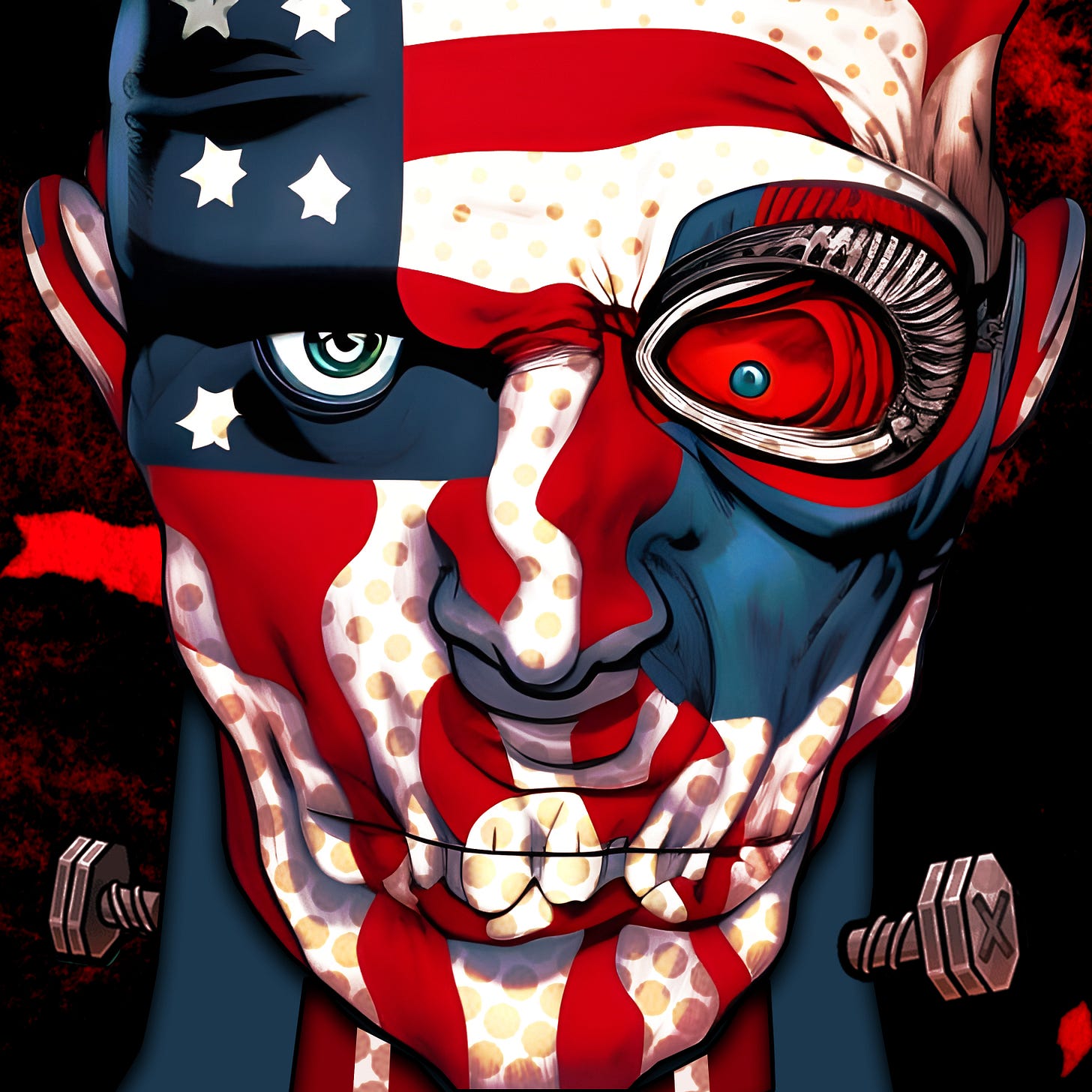


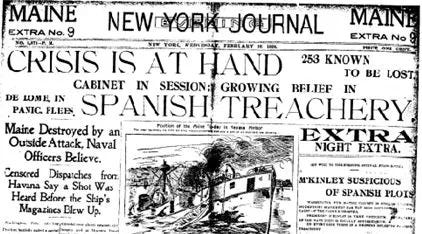
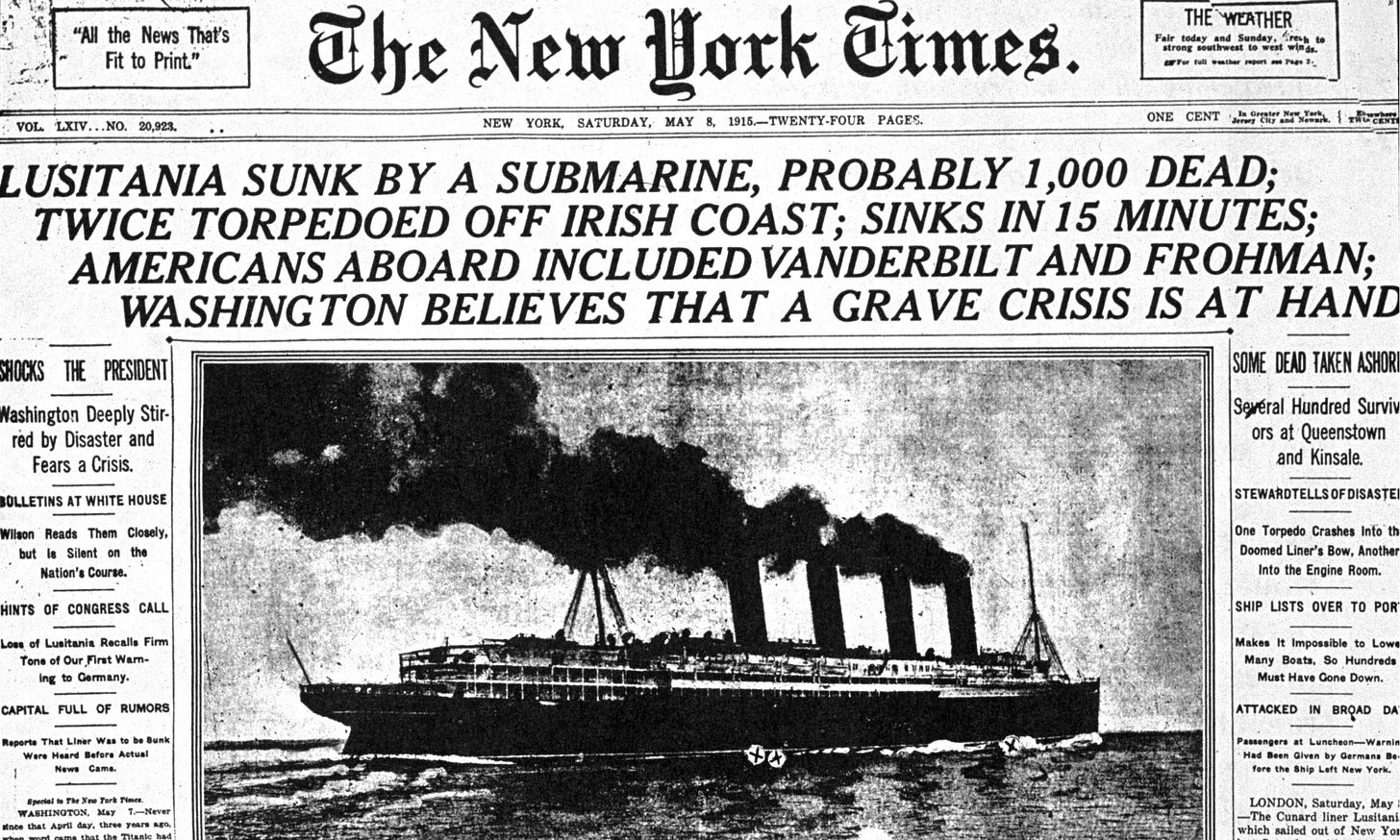
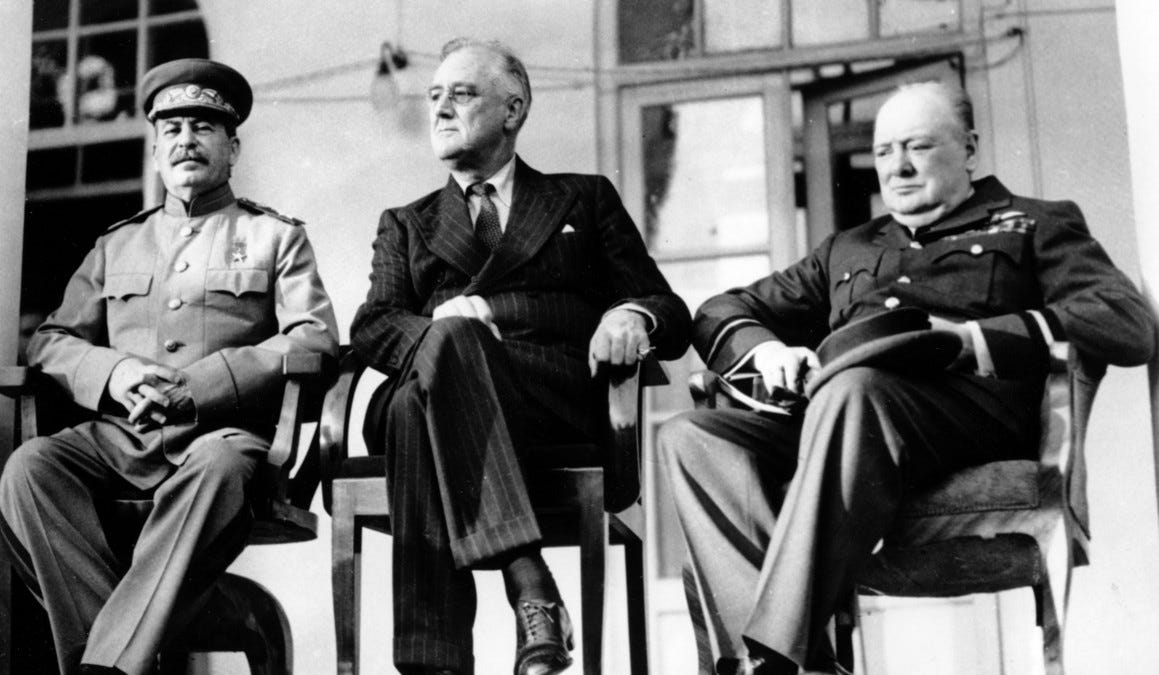
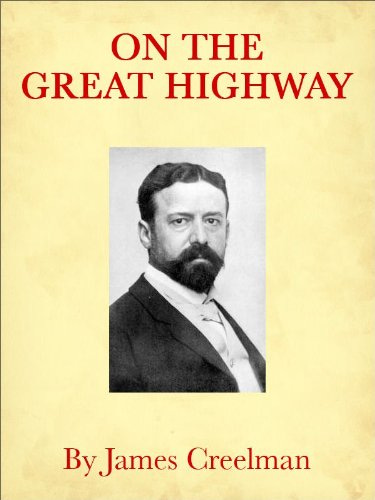

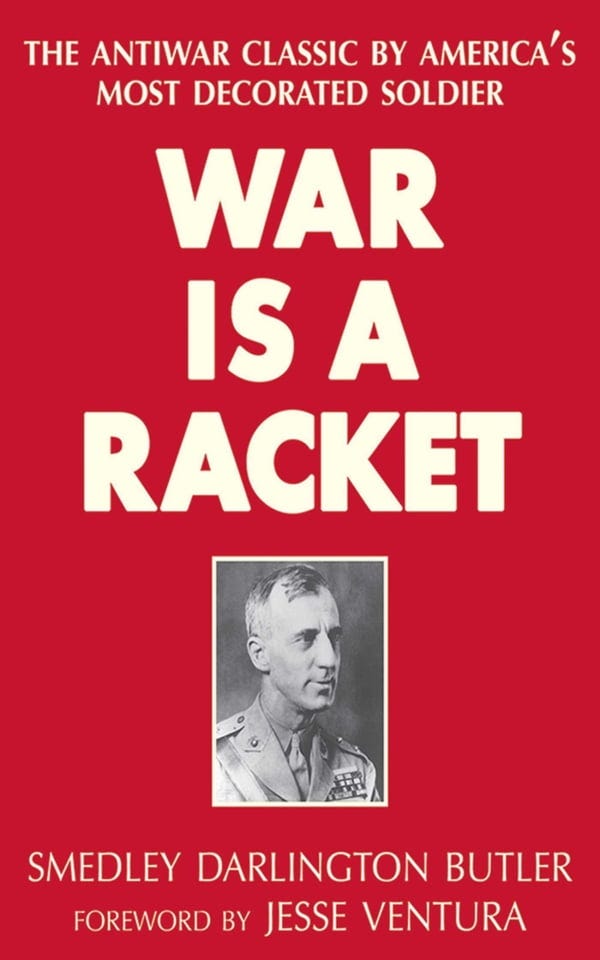
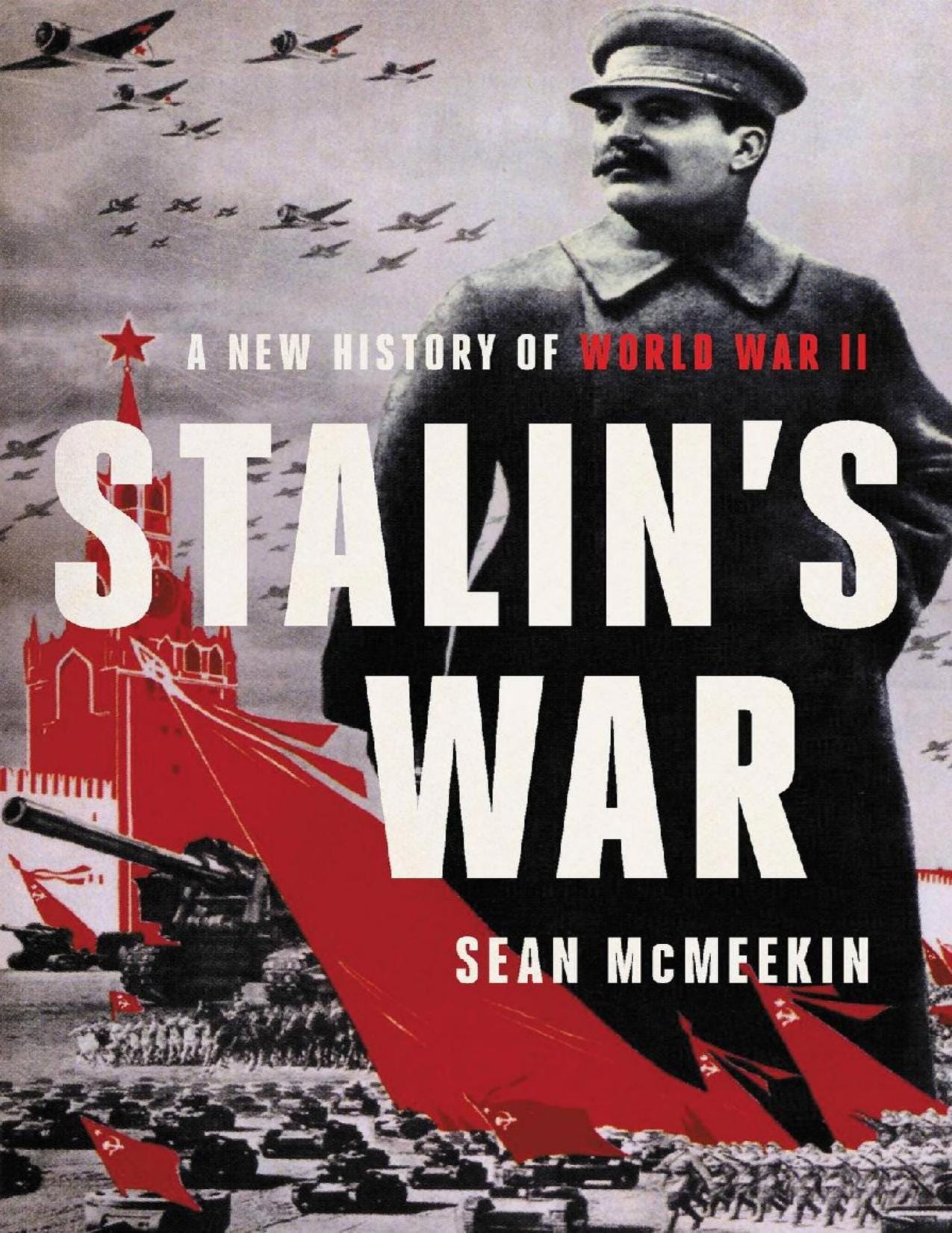

Great post thanks. My take is the Americas and America has been at war since before it existed. Colonized by hostile warlike Europeans ( my ancestry mostly European) nearly all who originally served the East India Company of London did not come in peace. They were warriors and administrators - able representatives of European royalty. Any history but that is almost certainly fantasy. Native Americans did not take kindly to being colonised and exterminated. What we are experiencing today is a long violent history. There was a respite when the founding ancestors got a notion to found a Nation based on the unalienable rights of the individual but they proved in deed they never truly understood what that meant. It was a great idea - still is.
Along these lines, see "The Best Enemy Money Can Buy" by Antony Sutton (1986), which describes how the US govt (and the Council on Foreign Relations network) supported the Soviet Union before its engineered collapse: archive.org/details/antony-sutton-the-best-enemy-money-can-buy/mode/1up